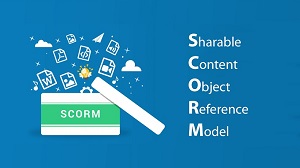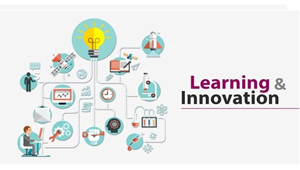
In today’s era when companies are relying on Robotic Process Automation RPA tools to improve the efficiency of the processes and cut down the costs. Intelligent automation has eliminated tedious and repetitive work being assigned to employees and as a result they devote more time and energy on crucial decision making processes.
Robotic automation is a technology that has emerged from screen scraping and automation, with main objective of automating repetitive tasks performed by the workers. With the help of RPA tools, firms can configure machines or ‘bots’ to perform the tasks being done by humans.
As these recurring and tedious tasks are automated, it releases the staff from fatigue and they can concentrate more on other crucial tasks. The implementation of RPA tools would be optimal in the government sector where there are a lot of recurring tasks piled up each coming day.
Reduces errors -
As these tasks are done by artificial intelligence and intelligent automation, it reduces a lot of errors and the efficiency is boosted.Speed -
One of the main issues customers say with respect to the public sector is that it takes a lot of time to process the work. Implementation of RPA in the public sector helps in improving customer satisfaction by improving the speed and efficiency of the work.Now, let us check out about the inclusion of RPA tools in the health care industry.
Increase in the number of patients -
With every year passing by, the number of patients and people who require medical treatment and facilities have triggered up and has been on the rise. This creates an adequate opportunity for automating the tasks and improving patient satisfaction.Cut down costs -
Implementing RPA tools at work would help you to trim down your costs. The settlement of claims creates a lot of confusion and chaos within the system, and for each claim that has been granted without meeting specifications gets accumulated as a loss. With RPA tools, these claims that are meeting requirements can be closely monitored and then approved.Boosts efficiency-
The works related to bill payment and scheduling of appointments to patients if automated, helps in improving the efficiency of the services provided. These administrative tasks hold a lot of scope for automation.Documentation -
The process of documentation is yet another redundant and tedious task. If it is done by bots, it not just improves the effectiveness of the tasks but, makes the process quite quick and error free.Implementation of automation in health care and government sectors is indeed a very sustainable step, and this technology is feasible and promises better outcomes. If automation is combined with machine learning, it would gradually help you explore the extended roles these tools would help you perform at limited costs. As mentioned, the demand for health care has been on exponential rise. A fast and efficient system is essential to address these concerns without undermining the quality of the services offered and robotic process automation is a promising alternative for the same.










Our Services